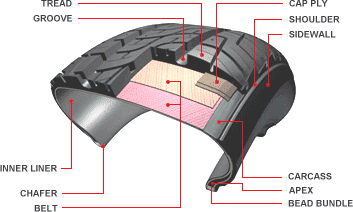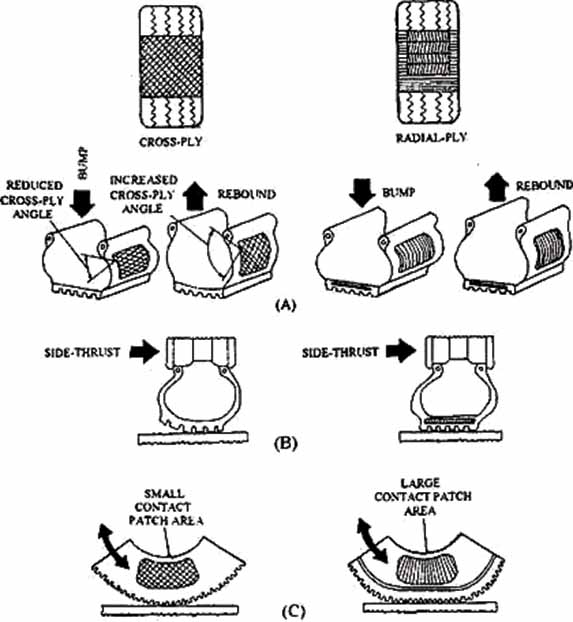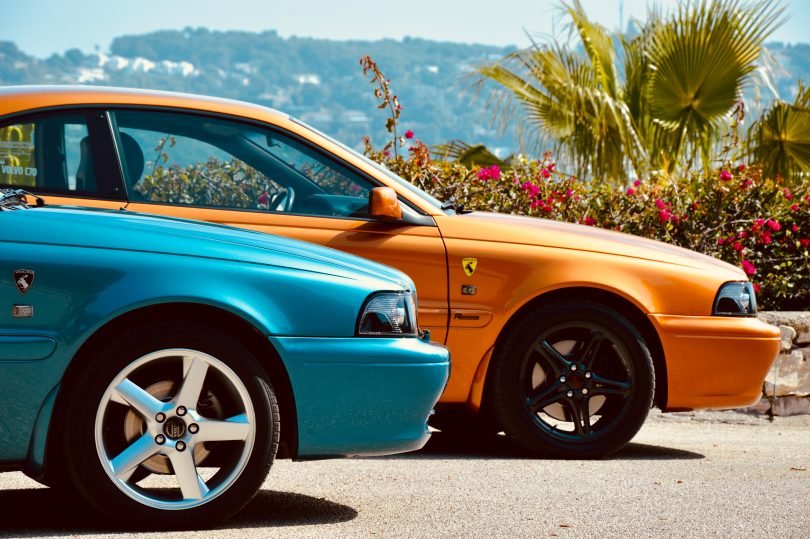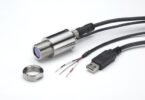Hello Readers,
Hope you are good!!
As we know, the tyre is not subjected by a compression load however by a traction load. In fact, a tyre is taken into account a pre-tensioned structure during which the pressure within is way larger than the surface one (almost 2/3 times).
From the essential purpose of read, the tyre may be a versatile solid structure full of compressed gas.
The structure of a tyre consists basically of 5 components-
• bead
• carcass
• side wall
• belt
• tread

The bead ensures the match on the rim and also the atmospheric pressure seal. It is crushed on the sting of the rim by the interior pressure of the tyre and, because of the friction, develops the forces necessary to not slip the tyre on the rim resisting the stresses returning from the bottom (traction, braking, lateral forces in curve).
Inside, it incorporates a metal structure (made of a series of drawn steel cables with little section cables to larger flexibility) around that the carcase is wrapped.
The carcase wraps round the band and is formed of various layering of fabric, nylon or steel threads embedded in a rubber compound.

To safeguard the carcase, outwardly there is the sidewall, manufactured from rubber, that should have glorious resistance to fatigue. In tubeless tyres, the interior a part of the carcase is roofed by a water-proof layer referred to as inner-liner.
The tread, on the opposite hand, is that the a part of the tyre during which all the forces are changed with the bottom and is so the realm whose compound and pure mathematics contribute well to the performance content of the tyre. Treads are terribly totally different from one another as a result of are the most characteristic of the type of the tyre: cross-country, race, road, wet/dry, winter/summer.
Below the tread we discover the belt, a band created of varied layers of steel wires that surround the carcase.
Composite Structure: Cross Ply or Radial Structure?
There are two variety of composite structures of tyre i.e. diagonal (or cross ply) and radial ply tyres.
The diagonal ones are manufactured from numerous superimposed layers of body plies with threads organized diagonally with relevancy the equatorial plane of the tyre. The angle of inclination of the wires with relevancy this plane is sometimes at 55°. Multiple rubber plies convergence one another and that they type a thick layer, which ends up in in less flexibility which might build it additional sensitive to heating. Thus, all high-speed tyres are with radial structure.

The radial tyres, on the opposite hand, have a belt and are characterised by a diluent body, as sometimes consisting of one layer of metal wires organized sheer to the equatorial plane of the tyre. The sidewall of radial tyres and therefore the tyre tread work are two independent features. The pliability of a radial tyre, in conjunction with its strength, are two combined factors that mean a radial tractor tyre absorbs impact shock and bumps additional effectively than a cross ply tyre.
The flexibility of the sidewall boosts vehicle stability and provides most contact of the tyre with the paved surface. This, in turn, results in an additional pleasant ride and additionally permits the driving force to figure longer. These tyres are stronger, which implies machines that use tyres like truck tyres or tractor tyres may be operated at higher load capacities.
Advantages of Radial over Cross Ply–
• The facet walls of radial ply tyres will bend readily. Their shock fascinating deflection is on top of twenty five percent over the cross ply tyre. They will absorb additional bounce of rough roads and square measure so softer at high speeds.
• Radial tyres have an eternal flat contact-patch space with the paved surface, up the acceleration and braking.
• Radial tyres have lower rolling resistance than cross ply tyres that ultimately suggests that reduced fuel consumption.
• Radial tyres have additional life could also be upto one hundred percent.
• For similar tread style the water removal potency and therefore the breaking potency on wet roads is best just in case of radial ply tyres.
• Each the cornering force similarly as self-righting force or higher for radial ply tyres which ends up in higher steering characteristics.
• Whereas taking a flip a radial tyre has less tendency to distort and take off the road from one facet. Thus, there’s higher contact of tyre and therefore less tendency to skid whereas cornering.
Readers, I hope that after reading the article you got to know about the composite structure of tyre, advantages of radial tyres, cross ply tyres.
So, if you liked the article kindly give your valuable feedback in the comment box.
Thank-you! for your patience in reading this article.
Readers can easily connect with me on social media just click on the below link-






